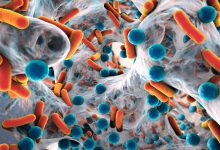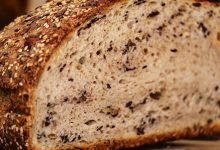
A recent report by the researcher of The Francis Crick Institute in London unearth that proliferation of the virus from cell to cell can be stopped by trapping the viruses in a protein cage by the cell. Journal of cell biology has published the article recently which unveils that the additional protein of vaccinia virus can escape the trap by deconstructing the cage and impels the virus out of the cell.
Vaccinia virus is a large, enveloped virus which has doubled stranded DNA. It belongs to the poxvirus family and causes the mild symptoms in healthy human beings. The Vaccinia virus infects many type mammalian cells and some invertebrate cells. The virus replication confined in the cytoplasm of the host cells. From cytoplasm, it moves to through microtubule cytoskeleton to plasma membrane, from where it can be liberated to the surrounding environment. Viruses transfer directly into neighboring cells with the help of actin tail assembled by cell’s actin cytoskeleton due to some of the virus components which remain attached to the plasma membrane.
Septin is a conserved component of cytoskeleton protein which controls a variety of cellular actions from division to membrane trafficking. Unlike microtubules and actin, septin suppresses the vaccinia virus infection. Till today, it is unknown at what stage of life, septin affects the vaccinia virus.
Lead investigator Professor Michael Way explained, “We have now found that septin exerts their antiviral effect by forming cage-like structures around viral particles to suppress the release of vaccinia virus from infected cells,”.
Through their study, they found that the septin surrounds the vaccinia component immediately after its fusion the plasma membrane. In plasma membrane septin form the cage which entraps the virus and slows down the assembly of the actin tail which lead to the virus transfer from one cell to another.
The investigators uncover that the vaccinia virus can burst out from septin cage by enlisting numerous other host cell proteins. These host cell protein called dynamin work with the actin assembly protein which is known as formin displaces the septin and escape the vaccinia virus particle from septin cage.
Septin not only showing suppressing effect towards vaccinia virus, but, it is also forming inhibitory cages around bacterial pathogens such as Shigella.
Michael Way says “Our study represents the first example where septins play an important, inhibitory role during virus spread,”
He continued “It will be interesting to see whether septins also suppress the release of other viruses, such as herpes virus, when they fuse with the plasma membrane.”






